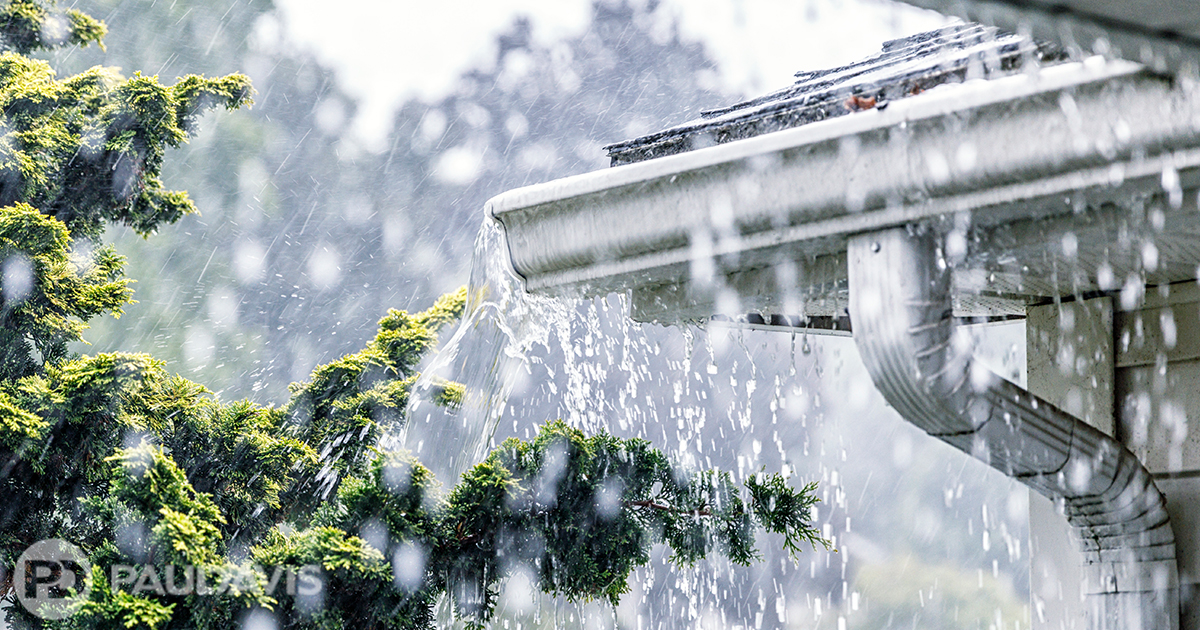
Summer storms are becoming increasingly intense, lashing homes and businesses with drenching rains, high winds, lightning strikes and flash flooding. Hail, too, is becoming more frequent and damaging, as Calgary discovered painfully in June of 2020. A 20-minute hailstorm - hailstones the size of tennis balls, pounded structures, dented vehicles and shredded crops – quickly entered the record books as one of Canada’s most costly weather events ever.
“Extreme weather has become commonplace across North America and no location is immune to the risks,” says Brian Rigsby, Owner of Paul Davis of the Tri-State Area in Kentucky, noting that Texas, Colorado and Alabama have all broken their state records in recent years for the largest hailstones. “While you can’t control the weather, you can prepare for it. We advise our commercial and residential customers to follow the four Ps of smart summer storm preparation.”
- Predict: Evaluate your risks. What types of storms are likely to strike your geographical location and how frequently? Do topographical and landscape features pose specific risks to the property during storms, such as dense tree cover in high winds or low elevations during heavy rainfall?
- Protect: Upgrade property and structures to resist weather damage. Repair roofs, anchor eavestroughs and strengthen doors and windows. Evaluate landscaping to ensure adequate drainage and trim trees. Lay in supplies, too. Stock up on batteries for flashlights. Many savvy homeowners are installing whole-house surge protectors to safeguard sensitive devices and generators to keep them running if the power fails.
- Practice: Create an emergency plan, share the plan and practice implementing it. If it’s a business, Paul Davis will create tailored emergency preparedness plans (EPPs) comprising information specific to the property and operations, such as emergency contacts, preferred trade and supplier partners, specific mechanical room information, locations of shutoff switches. Paul Davis prepares EPPs free of charge.
- Pay Attention: Keep apprised of weather forecasts for your area. If a storm is bearing down on your location, advance notice is extremely helpful to prevent damage. With time to prepare, you can park vehicles under cover and bring items inside that could become projectiles as wind increases. Charge cellular phones and locate flashlights in case of power outages, too.
Finally, select a disaster recovery partner long before storms strike. “We recommend that customers interview and choose a disaster mitigation and recovery partner before the weather threatens,” says Rigsby. “Knowing who to call when the roof lifts or the basement floods is the best route to recovery and minimizing a storm’s long-term impacts.”
